Pandemic Mindfulness

We know that many of our patients, friends and family have experienced drastic lifestyle changes since the worldwide COVID-19 pandemic began changing the way we socialize, work and live. As spring begins, it’s a good time to take a breath, think back on the past year and set goals to grow and revitalize ourselves. We want to share with you the opportunity to focus on hope and positivity as we talk about reflection, mindfulness and techniques to improve health and wellbeing.
A Year Ago
Just over a year ago, states and nations began instituting lockdowns to address the growing concern over the COVID-19 virus. Many of us began taking precautions such as limiting our time away from home and around others. Soon, distancing guidelines and mask usage became the standard for safe interactions.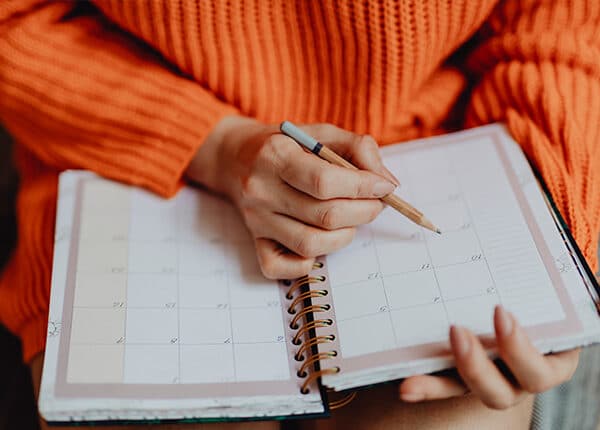 Stay-at-home guidelines and isolation have impacted many of us, especially our older loved ones. According to an international study from the National Institutes of Health, “the main mental and physical [effects] were anxiety, depression, poor sleep quality and physical inactivity…”
Stay-at-home guidelines and isolation have impacted many of us, especially our older loved ones. According to an international study from the National Institutes of Health, “the main mental and physical [effects] were anxiety, depression, poor sleep quality and physical inactivity…”
Now, with many parts of the nation expanding COVID-19 vaccine eligibility, many of us are eager to return to a sense of normalcy. But before we rush back into our pre-pandemic lifestyle, let’s take some time to reflect upon our experience and connect more with ourselves and those around us.
Reflection
Pandemic lifestyle changes that may have impacted us and those around us include more time at home, higher stress levels and reduction of socialization. For some, the transition to a stay-at-home lifestyle brought about positive changes – more time to spend with loved ones, the opportunity to cook at home, less stress from traffic-filled commutes. For others, isolation and at-home responsibilities added to a growing sense of stress and anxiety.
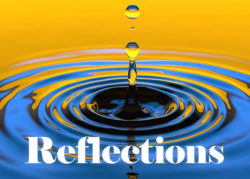 Take some time to think about your experience over the past year and identify some positive lifestyle changes you would like to continue. For example: 1) More home-cooked meals; 2) More time gardening or walking; 3) More video calls with friends and family who aren’t nearby.
Take some time to think about your experience over the past year and identify some positive lifestyle changes you would like to continue. For example: 1) More home-cooked meals; 2) More time gardening or walking; 3) More video calls with friends and family who aren’t nearby.
It’s also important to consider less enjoyable experiences during the pandemic. Think of a few things you miss that you would like to do once you can do so safely. For example: 1) Give my friends and family hugs; 2) Go out to a restaurant or movie; 3) Get back into a workout routine.
You can do this exercise with your close friends and family members, spending time to talk about what you enjoyed doing and what you look forward to doing. Try and approach this with a sense of positivity, giving yourself an opportunity to look into the future with hope and new goals. Need help getting started? We share positive thoughts on our blog and encourage you to visit our Reflections page.
What is Mindfulness?
Mindfulness is the practice of staying present by purposefully engaging in the moment without judgement. It can be used as a tool to help us deal with chronic stress and other health concerns that can cause a negative impact on the body’s immune system and overall mental and physical health. Mindfulness-based research focuses on stress reduction and cognitive therapy to help improve our wellbeing.
Going beyond rest and relaxation, mindfulness is focused time on recognizing our minds and bodies so that we can begin to repair them. Below, we’ll explore some techniques that you can use to help clear your mind and focus on the present moment, recognizing your mental and physical health. Then, you can take small, step-by-step actions to improve your health and wellbeing.
Mindfulness Techniques
Looking to practice mindfulness to help maintain or improve your health and wellness? Give the following techniques a try. Remember to be patient with yourself as you learn new things.
Mindfulness in 7 Steps
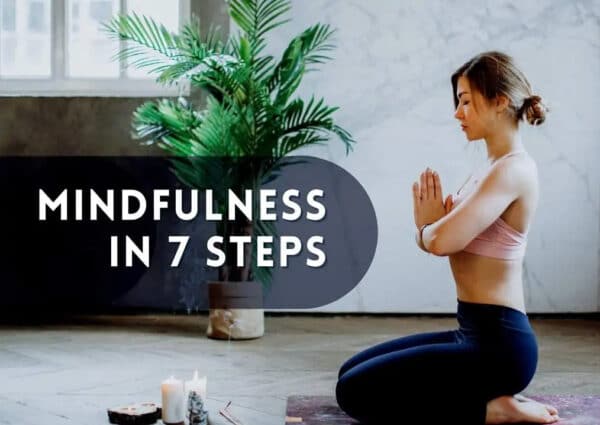
Step 1: Breathe in deeply and relax as you breathe out.
Step 2: Drop all your worries and concerns.
Step 3: Bring more awareness into breathing.
Step 4: Start counting your breaths slowly – and repeat.
Step 5: Get deeply immersed in the breathing process.
Step 6: Don’t drift off with thoughts in your mind.
Step 7: Settle more and more into peaceful awareness.
Want a more in-depth version of this guide? Visit Mindfulness in 7 Steps.
STOP: Stop, Take a breath, Observe, Proceed.
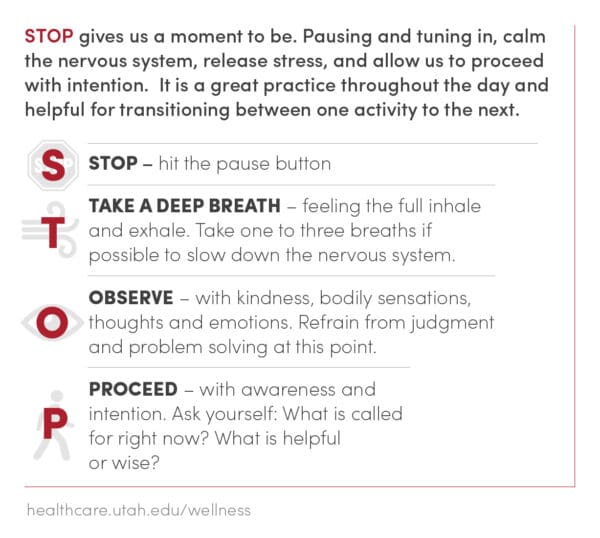
- Stop and give yourself time to notice your surroundings and what you are doing.
- Take a breath and allow yourself to feel calm. Pay attention to your breathing and the quality of your breath. Try to keep it steady and consistent.
- Observe your thoughts and any physical feelings you may be having. Recognize tension in your body or other signs you may have been ignoring, like hunger or thirst. Gauge your emotional wellbeing and it’s impact on your body.
- Proceed into the next moment with awareness and intention, focusing on your mind and body.
RAIN: Recognize, Allow, Investigate, Nourish or Nurture.
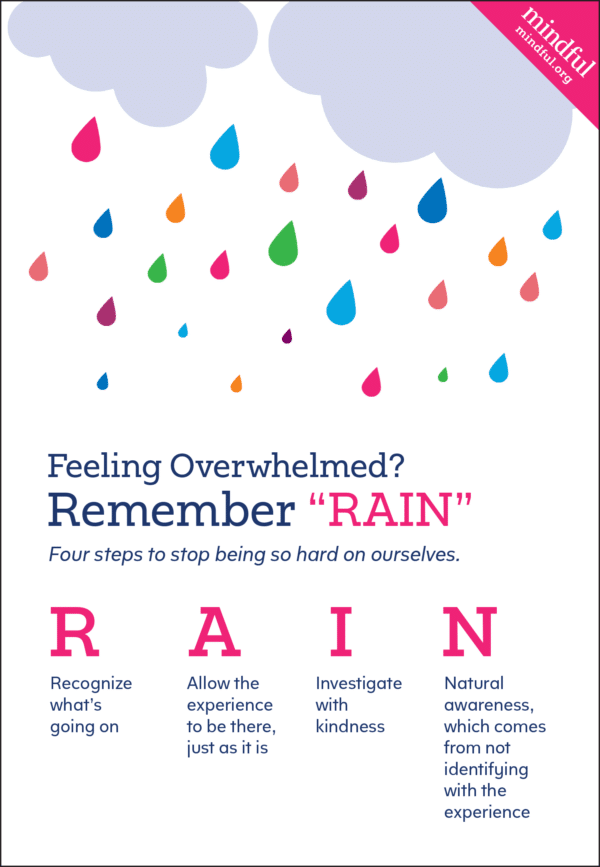
- Recognize what’s going on and what may be causing you increased stress and anxiety.
- Allow yourself the time to consider the importance of what is causing you discomfort. Acceptance means letting our thoughts and emotions exist as they are.
- Investigate your discomfort with kindness. Sometimes our emotional wellbeing can affect our bodies. Listen to your body and discover any physical tension that may be impacted by feelings of stress or anxiety. Neck, shoulders, back and body. Work to relax your body by stretching and releasing tension.
- Nourish or Nurture yourself using positive reinforcement. Moments of high stress and anxiety aren’t uncommon and can be difficult to manage. Allow yourself time to understand your emotions and physical discomfort. It takes time for us to heal. “Not every problem requires immediate solutions,” a gentle reminder from University of Utah Health.
Health & Wellbeing
There are many ways to practice mindfulness, including the techniques we reviewed above, meditation and yoga and even apps like Headspace. Regardless of what you choose, reflection, relaxation and mindfulness can play an important role in your overall health and wellbeing. Research on mindfulness has shown benefits like stress reduction, improved focus, less emotional reactivity and more.
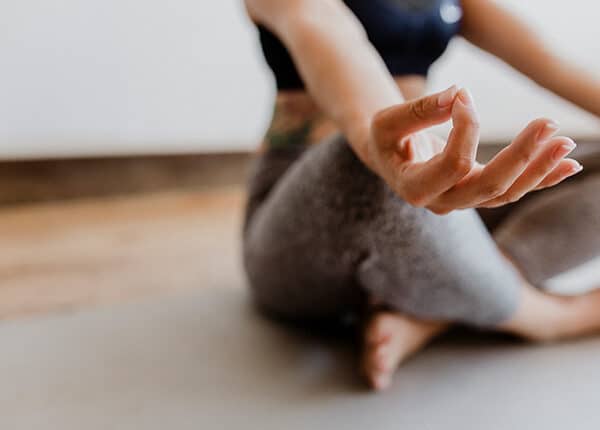 According to Yale Medicine, “mindfulness can help reduce stress and increase well-being, and help in the treatment of addiction, anxiety, high blood pressure, depression, […] and many other mental and physiological problems.”
According to Yale Medicine, “mindfulness can help reduce stress and increase well-being, and help in the treatment of addiction, anxiety, high blood pressure, depression, […] and many other mental and physiological problems.”
Let’s embrace the positive news and hopeful outlook regarding COVID-19 vaccines and give ourselves time to reflect, rest and relax as we continue our journey together. We welcome you to try these techniques and to schedule an appointment with us for any concerns you may have for your health and wellbeing.
—
Disclaimer: All information presented on this website is intended for educational purposes only and not intended to replace your individual medical advice. Please review this information with your clinical team to ensure it is appropriate for your individual medical needs. The information contained is not intended to diagnose, treat, cure or prevent any disease.
